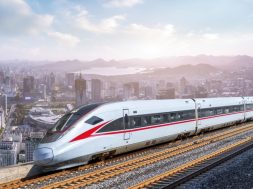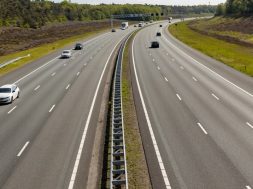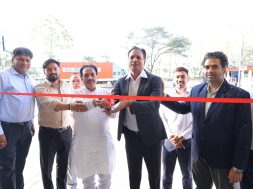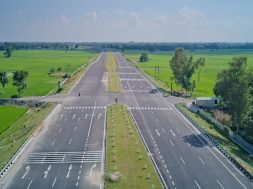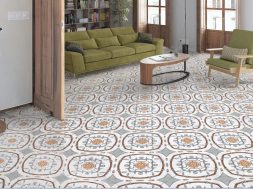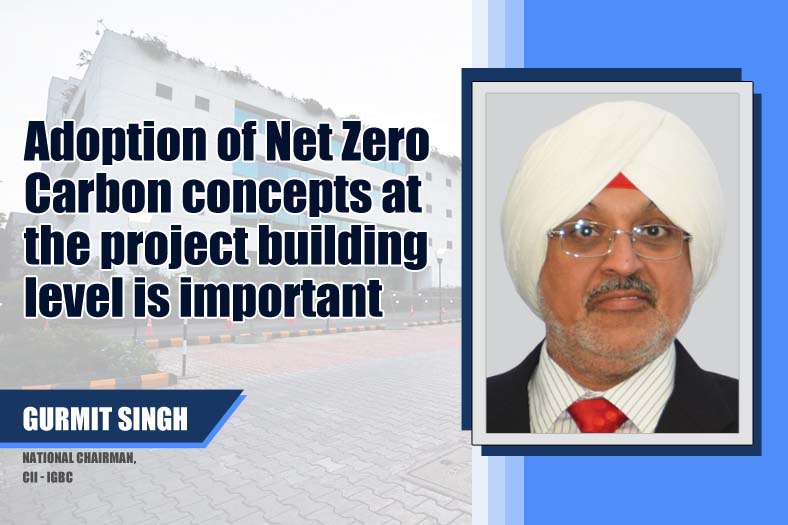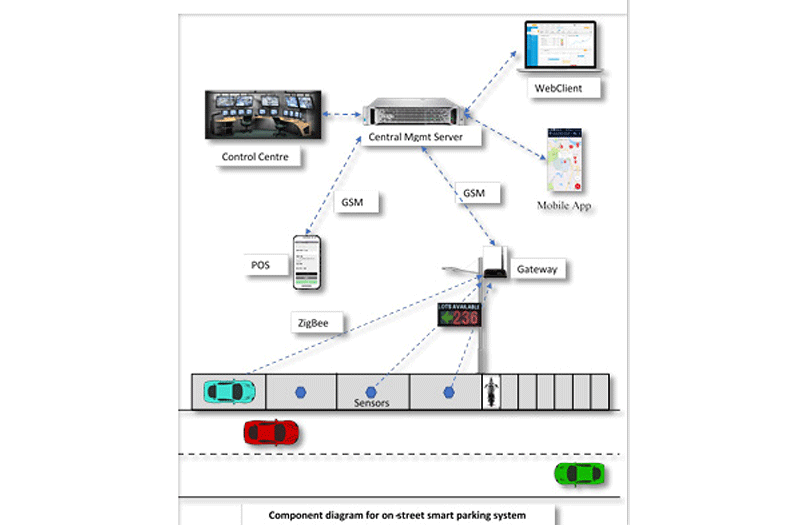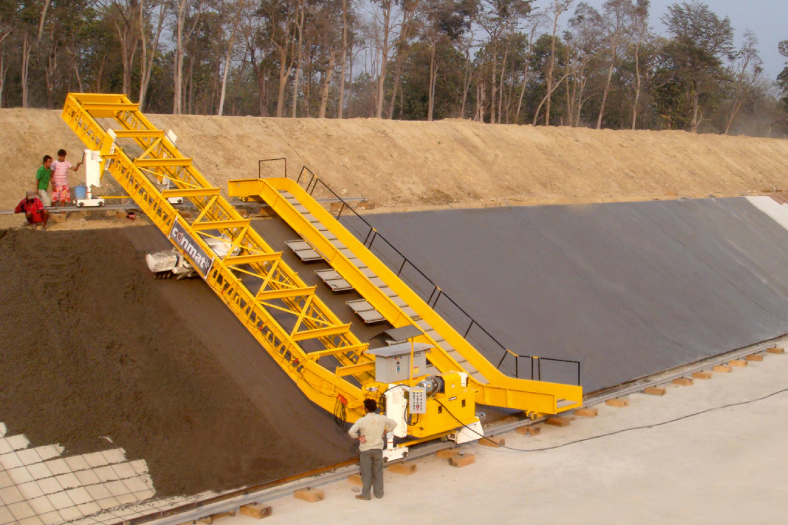Green Roof The Best Balancing Option
Today in the metropolitan cities like Mumbai, we find a little space getting spared of this modernised concrete jungle. However, for a long-balanced run, time has come to be nature’s friend, and green roofs have all the potential to be the best possible eco-friendly option for the same to bring nature right into our buildings
As we all know, land is an essential natural resource, both for the survival and prosperity of humanity and maintenance of all terrestrial ecosystems. But with increasing population, this resource has been heavily exploited beyond its potential which is glaringly evident in many countries. Evident transformation in the form of concrete jungle can be seen in metropolitan cities across the world. As a city gets built up and the urban areas expand, hard paving like roads and buildings increase urban run-off and cause floods. As a flood mitigation strategy, attention is moving toward ‘source control’ methods, which reduce the impact of rain by absorbing it or holding it temporarily and delaying its release. A green roof is one such strategy which is increasingly popular across the world. A green roof is designed and covered with a soil medium by growing plants or grass or even bushes and trees. They provide many advantages, including an environment for biodiversity, a cooling effect inside the building due to its insulation characteristics, a flood dampening effect due to its ability to absorb and evapotranspire rain, a micro environment and a space for recreation, and a place to sequester carbon.
One of the world’s largest green roofs is on the Ford truck manufacturing plant in Dearborn, Michigan. This is part of the overall storm water management plan of the 600-acre site. The green roof occupies about 10.40 acres. Native plants were grown in a nursery well before the roof was designed and then transplanted. The green roof has created a micro environment in which plants and birds thrive. The roof also mitigates storm water effects by absorbing up to 50 per cent of the annual rain in its 1-foot deep growing medium layer. The reduction in energy costs due to the green roof is estimated at 7 per cent. Most of the global cities have mandatory green roof policy to mitigate the negative impact of concretisation of their urban spaces.
Mumbai, being India’s financial capital, is one such example facing the problem of land scarcity and lack of green spaces. The city has got packed up with buildings and other structures beyond its saturation level such that the quality of life is getting degraded day by day. Due to the shortage of land footprints and higher costs and increasing population, it is very challenging to create green spaces and vegetation within the city itself. In case of ‘land scarce’ Mumbai, going for green roofs is the best option.
Due to the enormous growth of green buildings in India propagated by Indian Green Building Council (IGBC) and GRIHA (a joint Initiative of ADaRSH, TERI and MNRE), the green roof concept is getting popularised among the developers. Hence the builders are adopting green roof technology for their podiums and roofs to get the maximum benefit of energy efficiency and healthy environment for building occupants in their new construction buildings. There is a common trend of utilising podium gardens and roof gardens for providing amenities and recreational facilities to attract the customers. Keeping in mind the current lifestyle and daily hectic schedule, people are giving preference to buy these projects for healthy, better living, which also helps reduce carbon footprints as an intangible benefit to the present environmental scenario.
If we talk about our development control plan of Mumbai, most of the open spaces are already encroached by slums; so now these are part of SRA schemes. So where is the land available?
Recently the Supreme Court made the rule DCR 23 (Development Control Regulations) mandatory in Mumbai that a minimum of 15–25 per cent of plot size should be kept aside for open recreational spaces. This rule is applicable to all new real estate projects in Mumbai which have not been approved or been issued a commencement certificate. This decision has created uproar among the Mumbai builders. Developers are now struggling to accommodate the mandatory open areas in their proposed project area while still keeping the project viable. The biggest obstacle faced by the builders is regarding parking area provisions which were earlier provided at the ground level. But now with open spaces to be provided around the buildings, builders are now forced to look into the option of storied parking which again, in turn is restricted further owing to height restrictions. This apparent increase in the approval loads upon developers will cause project delays and soaring building prices. This has also narrowed the chances for developers to take up any new projects especially redevelopment, cluster and slum rehabilitation projects. On the whole, the real estate sector in Mumbai has been brought to a standstill as of now.
Though this ruling by the Supreme Court seems promising as it encourages the provision of green open spaces in an otherwise grey concretised Mumbai, we need to relook into the whole scenario thoughtfully keeping in mind retrofitting or redevelopment aspects. In redevelopment projects, builder needs to accommodate both sale and rehab component within the same piece of land. It becomes very challenging to provide all basic needs like parking provisions and other amenities to all the stakeholders going to reside in the same project premises. This is why the need arises for adopting sustainable development which will help bridge the gap between builder’s purpose and court policies, between development and environment in totality.
To add a flavour of creative development in this challenging scenario of new developments and existing buildings, green roofs can be a good option to cover hard-paved surfaces or roofs to minimise heat island effect. Green roofs will also control storm water run-offs and floods. These roofs are also important to maintain city’s healthy, vibrant environment as well as help establish a connectivity between urban life and our wildlife or biodiversity. Let’s hope our new government will show its firm commitment and political will to promote green roof mandate as a policy in the environment protection manifesto.
Authored by—Mala Singh, CMD, PEC Solutions Green Designs Pvt. Ltd.
Cookie Consent
We use cookies to personalize your experience. By continuing to visit this website you agree to our Terms & Conditions, Privacy Policy and Cookie Policy.
